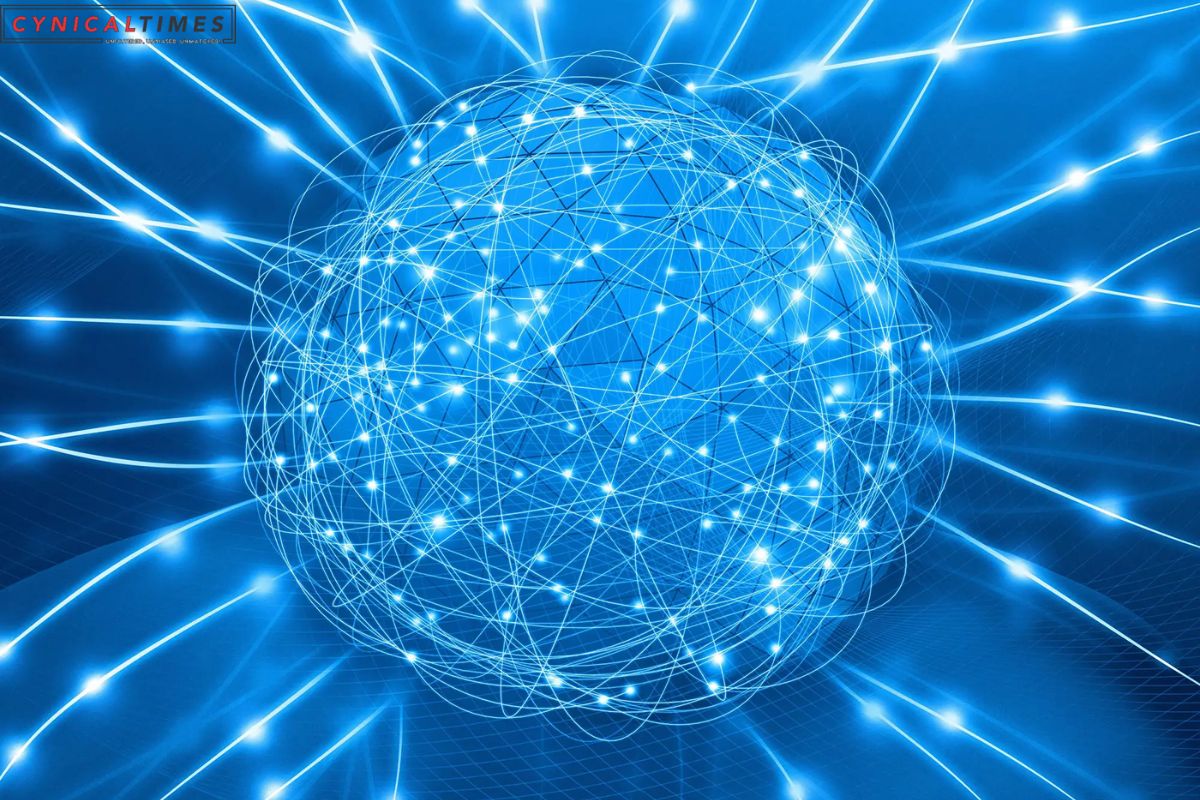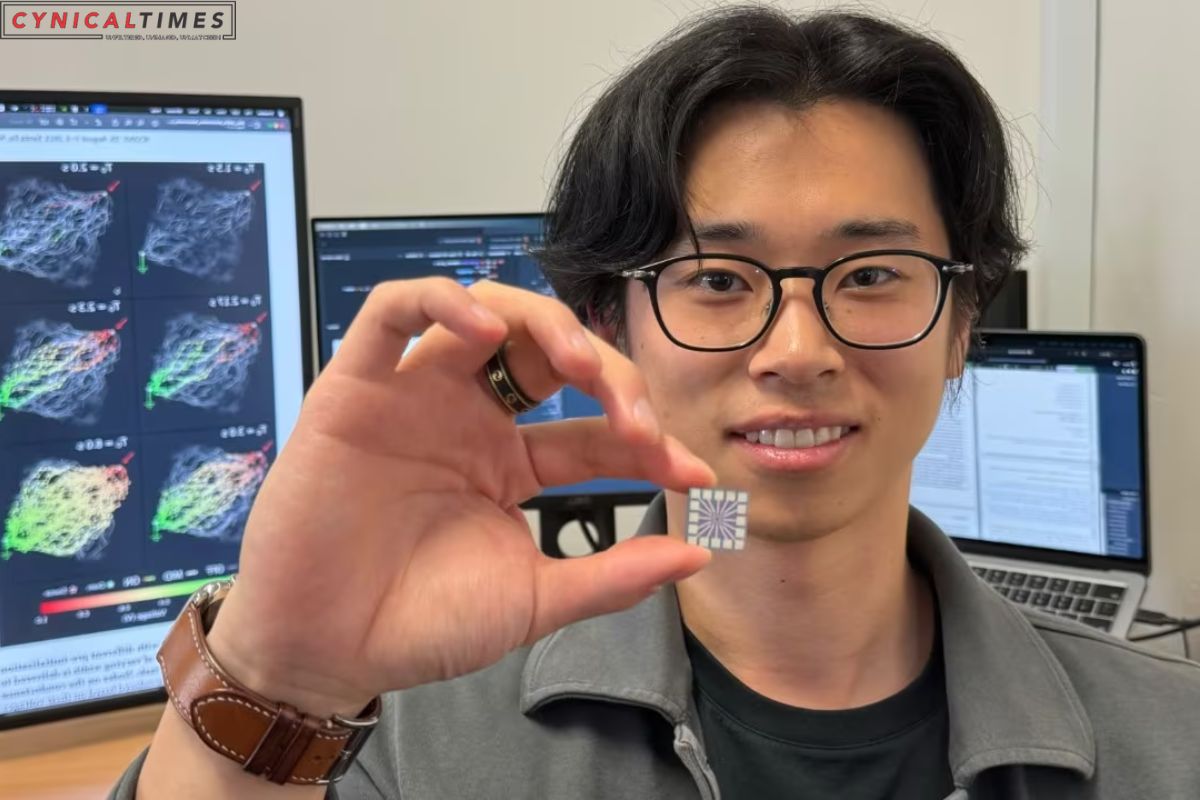Nanowire Networks Mimic Brain Learning: In a fascinating development, a self-arranged network of nanowires, resembling a game of ‘Pick Up Sticks,’ has successfully replicated the synapse functions of the human brain. This groundbreaking experiment demonstrated the network’s ability to learn and memorize dynamic online data, mirroring the brain’s natural neural processes.
This achievement paves the way for the creation of energy-efficient machine intelligence capable of handling complex real-world learning and memory tasks. This collaborative research project involves scientists from the University of Sydney and the University of California at Los Angeles.
Lead author Ruomin Zhu, a PhD student at the University of Sydney Nano Institute and School of Physics, highlighted the significance of these findings: “The study showcases how nanowire networks, inspired by the brain’s learning and memory functions, can process streaming data effectively.”
Nanowire networks consist of minuscule wires, each billions of a meter in diameter. These wires autonomously form patterns reminiscent of the childhood game ‘Pick Up Sticks,’ emulating neural networks found in our brains. Such networks can be tailored to perform specific information processing tasks.


Also Read : Defending Earth from Cosmic Threats: Could We Stop an Asteroid with Only Days’ Notice?
Memory and learning are achieved through simple algorithms that respond to changes in electronic resistance at the points where nanowires intersect. This mechanism, known as ‘resistive memory switching,’ simulates the way synapses function in our brains when electrical inputs encounter shifts in conductivity.
In this study, the network was trained to recognize and remember sequences of electrical pulses, akin to how the human brain processes information. Professor Zdenka Kuncic, the supervising researcher, likened this memory task to remembering a phone number. The network also excelled in a benchmark image recognition task, accessing images from the MNIST database of handwritten digits, a collection of 70,000 small grayscale images used in machine learning.
Professor Kuncic further explained the significance of this research: “Our prior work had already demonstrated the ability of nanowire networks to remember simple tasks. This study expands upon those findings by demonstrating that tasks can be performed with dynamic data accessed online.”
She added, “This represents a significant advancement because online learning in the presence of continuously changing data is a formidable challenge. The traditional approach involves storing data in memory and then training a machine learning model, which is not energy-efficient for widespread applications.”


Ruomin Zhu emphasized the advantages of processing information online, especially for data streams from sensors. He noted, “If data is continuously streaming, machine learning using artificial neural networks must adapt in real-time, a capability they are not currently optimized for.”
The nanowire neural network exhibited impressive machine learning capabilities in this study, achieving a 93.4 percent accuracy rate in correctly identifying test images. The memory task involved recalling sequences of up to eight digits. In both tasks, data was streamed into the network, highlighting its prowess in online learning and how memory enhances this learning process.
It’s worth noting that Zdenka Kuncic, Adam Stieg, and James Gimzewski are affiliated with Emergentia Inc., while Ruomin Zhu and Alon Loeffler are recipients of research scholarships at the University of Sydney. Zdenka Kuncic acknowledges support from the Australian-American Fulbright Commission.

